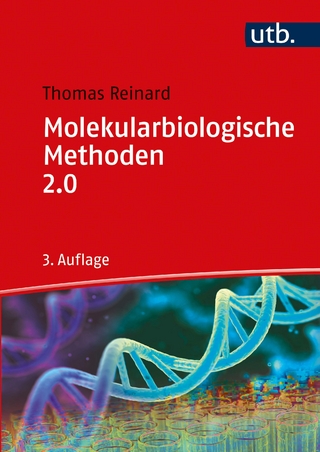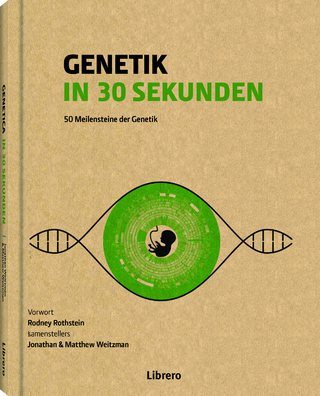
Nitrogen Fixing Organisms
Chapman and Hall (Verlag)
978-0-412-34680-4 (ISBN)
Nitrogen fixation is currently of great practical importance because the use of nitrogenous fertilizers has resulted in unacceptable levels of water pollution and the fact that these fertilizers are becoming steadily less economic both in cash terms and in utilization of fossil fuels for their manufacture. This book aims to present new findings in the field of nitrogen fixation and to reflect the influence on the subject of recent developments in biochemistry, molecular biology, genetic engineering and other biotechnologies. The book includes quantitative aspects of the subject, but the many practical difficulties for accurate field assessment of nitrogen fixation and its contribution to nitrogen cycles means that many assessments are either in conflict with each other or must be accepted as tentative. Although this book is concerned essentially with how nitrogen-fixing organisms function and why they are of practical importance, rather than with details of laboratory or field techniques, an appendix deals with the main methods of measurement of nitrogen fixation and some of the problems that must be faced.
Part 1 Organisms that fix nitrogen: the range of nitrogen-fixing organisms; cyanobacterial symbioses. Part 2 Legume and non-legume nodules: legume-rhizobial symbioses; the "classical" picture of nodule development; stages of nodulation; stems and nodules; non-legumes (actinorhizal plants);comparisons between legume and non-legume nodules. Part 3 Metabolism of nitrogen fixation: the basic problem; the nitrogenase enzyme; the oxygen problem; ammonia assimilation. Part 4 Nitrogen fixation in agriculture: scope and problems; legumes; forage and pasture legumes; grain legumes; factors affecting legume nitrogen fixation in the field; free-living bacteria; associative symbiosis (bacteria angiosperm); cyanobacteria; non-legume symbioses. Part 5 Nitrogen fixation and forestry: nitrogen requirements in forests; direct use of nitrogen-fixing legume species; direct use of actinorhizal plants; indirect use of symbiotic nitrogen-fixing plants; nitrogen fixation by free-living micro-organisms in forests; cyanobacteria. Part 6 Nitrogen fixation in aquatic ecosystems: fixation and nitrogen budgets; freshwater aquatic systems; saline aquatic environments. Part 7 Nitrogen fixation in terrestrial ecosystems: possible classifications; soils; some systems involving symbiotic higher plants; the phyllosphere; three membered symbioses; colonization and pioneer associations; climax situations. Part 8 Evolution - and the future: the origins of biological fixation; the evolution of symbiotic systems; current developments and the future.
| Erscheint lt. Verlag | 30.6.1990 |
|---|---|
| Zusatzinfo | VIII, 256 p. |
| Verlagsort | London |
| Sprache | englisch |
| Maße | 155 x 235 mm |
| Themenwelt | Naturwissenschaften ► Biologie ► Genetik / Molekularbiologie |
| Naturwissenschaften ► Biologie ► Mikrobiologie / Immunologie | |
| Naturwissenschaften ► Biologie ► Ökologie / Naturschutz | |
| Naturwissenschaften ► Biologie ► Zoologie | |
| Technik ► Umwelttechnik / Biotechnologie | |
| Weitere Fachgebiete ► Land- / Forstwirtschaft / Fischerei | |
| ISBN-10 | 0-412-34680-X / 041234680X |
| ISBN-13 | 978-0-412-34680-4 / 9780412346804 |
| Zustand | Neuware |
| Haben Sie eine Frage zum Produkt? |
aus dem Bereich


